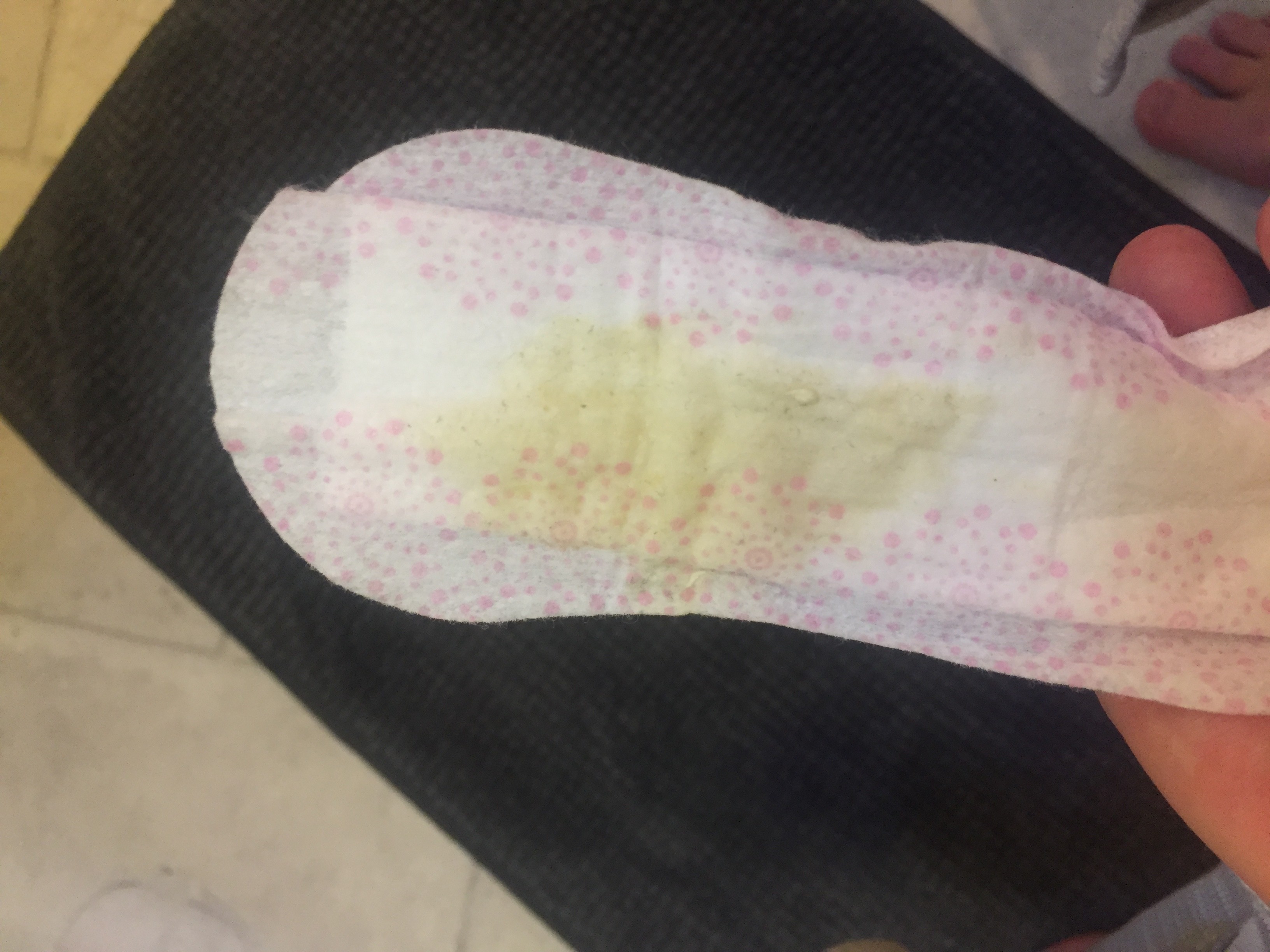
Immediate delivery compared with expectant management after preterm pre-labour rupture of the membranes close to term (PPROMT trial): A randomised controlled trial.

713: Antenatal corticosteroid therapy for fetal maturation.

Labor, delivery, and postpartum care FAQ154. American College of Obstetricians and Gynecologists (ACOG) Committee on Practice Bulletins - Obstetrics.If you're less than 24 weeks pregnant, your health care provider will explain the risks of having a very preterm baby and the risks and benefits of trying to delay labor. You might be given a repeat course of corticosteroids if you're less than 34 weeks pregnant, at risk of delivering within 7 days and a prior course of corticosteroids was given to you more than 14 days previously. In addition, corticosteroids might be recommended if you're between weeks 34 and 36 and 6 days of pregnancy, at risk of delivering within 7 days, and you haven't previously received them. If you're less than 32 weeks pregnant and at risk of delivering in the next few days, you might be given magnesium sulfate to protect the baby's nervous system.Ĭorticosteroids might also be recommended starting at week 23 of pregnancy, if you're at risk of delivering within 7 days.

You'll be given antibiotics to prevent an infection and an injection of potent steroids (corticosteroids) to speed your baby's lung maturity. If you're between 24 and 34 weeks pregnant, your health care provider will try to delay delivery until your baby is more developed. However, if there are no signs of infection or fetal health problems, research suggests that pregnancy can safely be allowed to continue as long as it's carefully monitored. If you have preterm PROM and you're at least 34 weeks pregnant, delivery might be recommended to avoid an infection. The baby is also at risk of complications due to premature birth. If you have any concerns about the amount of fluid around your baby, talk with your health care provider.Potential complications include maternal or fetal infection, placental abruption - when the placenta peels away from the inner wall of the uterus before delivery - and umbilical cord problems. It's typically done during labor if the health care team detects problems with the baby's heart rate. If you have low amniotic fluid during labor, your health care provider might consider a procedure in which saline is put into your uterus via a catheter placed through the cervix. In some cases, it might be necessary to be admitted to the hospital to receive fluids through an IV. Your provider might recommend drinking more fluids - especially if you're dehydrated. If you're less than 36 weeks pregnant, your health care provider typically will review your baby's health, discuss why you might have low amniotic fluid and recommend monitoring your pregnancy with fetal ultrasounds. If you have low amniotic fluid and you're 36 to 37 weeks pregnant, the safest option might be delivering the baby. Certain health conditions in the baby, such as restricted growth or a genetic disorder.Use of some medications, such as angiotensin-converting enzyme (ACE) inhibitors.Certain health conditions, such as chronic high blood pressure or diabetes.The placenta peeling away from the inner wall of the uterus before the baby is born (placental abruption).Your baby's gestational age, your health and your baby's health will be taken into consideration too.įactors that can contribute to low amniotic fluid include: If you are diagnosed with low amniotic fluid, what happens next will depend on what's causing the fluid to be low and how severe it is. In addition, the amount of amniotic fluid reflects the baby's urine output - a measure of a baby's well-being.

Amniotic fluid also keeps the umbilical cord from being squeezed between the baby and the wall of the uterus. This fluid provides a cushion that protects the baby from injury and allows room for growth, movement and development. Amniotic fluid is the clear liquid that surrounds your baby in the uterus during pregnancy.


 0 kommentar(er)
0 kommentar(er)
